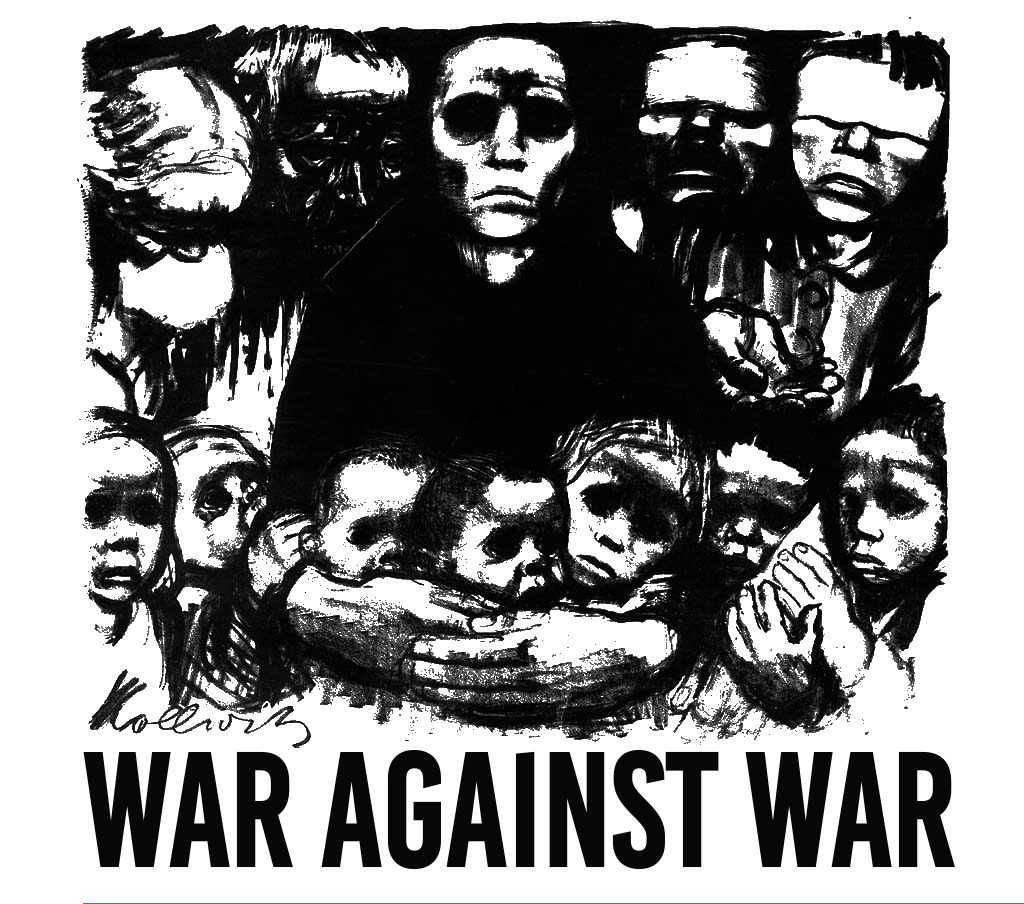This article examines what scholars can learn about civilian killings from newswire data in situations of non-random missingness. It contributes to this understanding by offering a unique view of the data-generation process in the South Sudanese civil war. Drawing on 40 hours of interviews with 32 human rights advocates, humanitarian workers, and journalists who produce ACLED and UCDP-GED’s source data, the article illustrates how non-random missingness leads to biases of inconsistent magnitude and direction. The article finds that newswire data for contexts like South Sudan suffer from a self-fulfilling narrative bias, where journalists select stories and human rights investigators target incidents that conform to international views of what a conflict is about. This is compounded by the way agencies allocate resources to monitor specific locations and types of violence to fit strategic priorities. These biases have two implications: first, in the most volatile conflicts, point estimates about violence using newswire data may be impossible, and most claims of precision may be false; secondly, body counts reveal little if divorced from circumstance. The article presents a challenge to political methodologists by asking whether social scientists can build better cross-national fatality measures given the biases inherent in the data-generation process.
This was originally published on SAGE Publications Ltd: Journal of Peace Research: Table of Contents.
